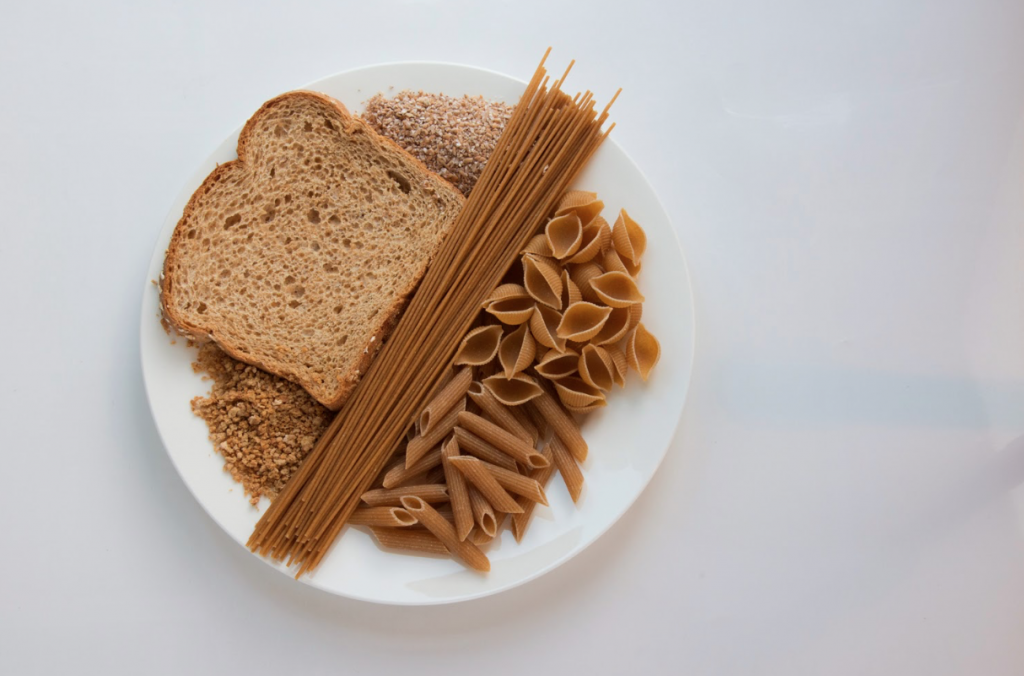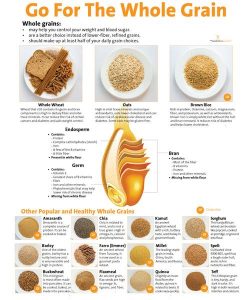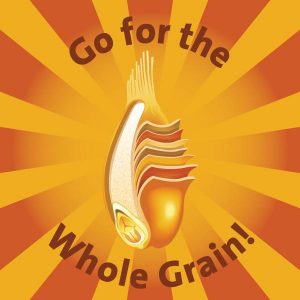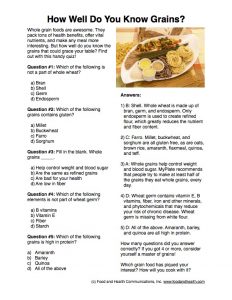
Whole grains are often great for health, yet most Americans consume too many refined grains and miss out on the benefits of whole grains… while adding excess empty calories to their eating patterns.
To help your audience learn about whole grains, their health benefits, and how to incorporate them into a healthful eating pattern, I’ve put together a few engaging activities just for you!
(And, if you’re really patient, you’ll find a PDF handout hidden in the post as well).
Take a look…
Activity #1: Whole Grain Shopping Sleuths
Gather a few packages of foods that have varying whole grain content. Divide participants into groups and give each group a collection of those packages. Have the groups line up their foods in terms of most to least whole grains per serving.
Once everyone has finished making their selections, review their work as a class.
Highlight the importance of using the Nutrition Facts label to evaluate whole grain content and draw everyone’s attention to which words to look for in ingredient lists. Make a note of front-of-package claims as well. Was anyone fooled by statements that hint being wholesome but are not whole grain, like, “100% Stone Ground,” “Multigrain,” “Honey Wheat,” etc? Explain the importance of 100% whole grains. Note that stone ground can be whole grain but you should check the ingredient list to be sure.
If time permits, have the groups combine to line up all the product packages from most to least whole grains. How did everyone apply the knowledge from your discussion?

Activity #2: Whole Grain Swaps
This is a brainstorming activity, so all you’ll need is a space to write down people’s ideas (a whiteboard or giant notepad works especially well) along with a writing utensil. Much of the information that could help your clients internalize this lesson can also be found in the Go for the Whole Grain poster, though it is not required.
Discuss the health benefits of whole grains. How do they impact blood sugar? Heart health? General nutrient intake?
Once your group seems to have a solid grasp of the importance of whole grains to a balanced eating pattern, move on to common grain foods. Which contain whole grains? Which contain refined grains?
Finally, to get to the crux of the matter, list common refined grain foods on your writing surface. What substitutions can people make in order to consume fewer refined grains and more whole grains? Discuss the ideas as a class, writing out compelling switches as you encounter them.

Activity #3: Whole Grain Quiz
Distribute copies of the handout How Well Do You Know Whole Grains? Have participants take the quiz individually (this makes a great icebreaker or take-home assignment too), and then bring everyone together to go over the answers, addressing any questions they might have about the information provided. If you’d like, you can distribute prizes like these whole grain stickers to people who got the most correct answers.

















